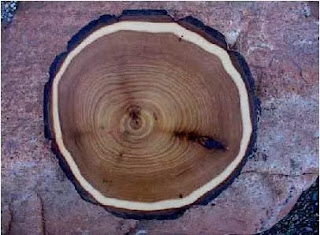Urgent Need for Participation in Protecting Sacred Places with Water
Concerned Citizens Urged to Participate in Public Meetings and Workshops
Colorado is home to a priceless treasure of waterways, wetlands, snowpacks, and watersheds.
Colorado is a high desert plagued with droughts, wind and dust storms, and extreme erosion.
Both of these statements are true as well as the range of truths between and around them. So, the process of preserving and protecting our waters is complex. It got more challenging last year when the U.S. Supreme Court shot down two major provisions of the Clean Water Act.
The first provides for protection of streams that are ephemeral, existing only during the snowmelt season, for example. Streams and wetlands that dry up periodically could be dredged and filled in to construct homes, roads, or other operations. Wildlife, native plants, habitats, graves, and places sacred to Native American peoples could be destroyed.
The second provision to be removed by the Supreme Court covers streams connected to a water source that flows underground. They would lose protection. We know that many sacred sites are on or close to underground streams. They could be disrupted, paved over, destroyed.
More information is included in a story published on August 30 by Colorado Sun reporter Jerd Smith. It is now up to the State of Colorado to write new laws governing these threatened waters.
Public participation is invited, beginning with a virtual meeting on Wednesday, September 4, from 9:30 - 11:30 am on Zoom. Learn how to register here. We could also, as a group, prepare a statement about this effort. Comment on this blog with your ideas. Thank you!
North of Durango, these wetlands are home to much wildlife and the endangered Yellow Lady's Slipper Orchid (Cypripedium parviflorum). These are also the ancestral lands of the Ute Indians.
The North American Rock Garden Society sponsored visits to threatened wetlands in 2021.
This is an informational blog about Sacred Places. Welcome and enjoy. I intend to make this place accessible to all who want to preserve and learn about Native American sacred places and trees. In the meantime, you can participate by commenting, sending your contributions to me, and linking to this site. There is much more to come.





Comments
Post a Comment